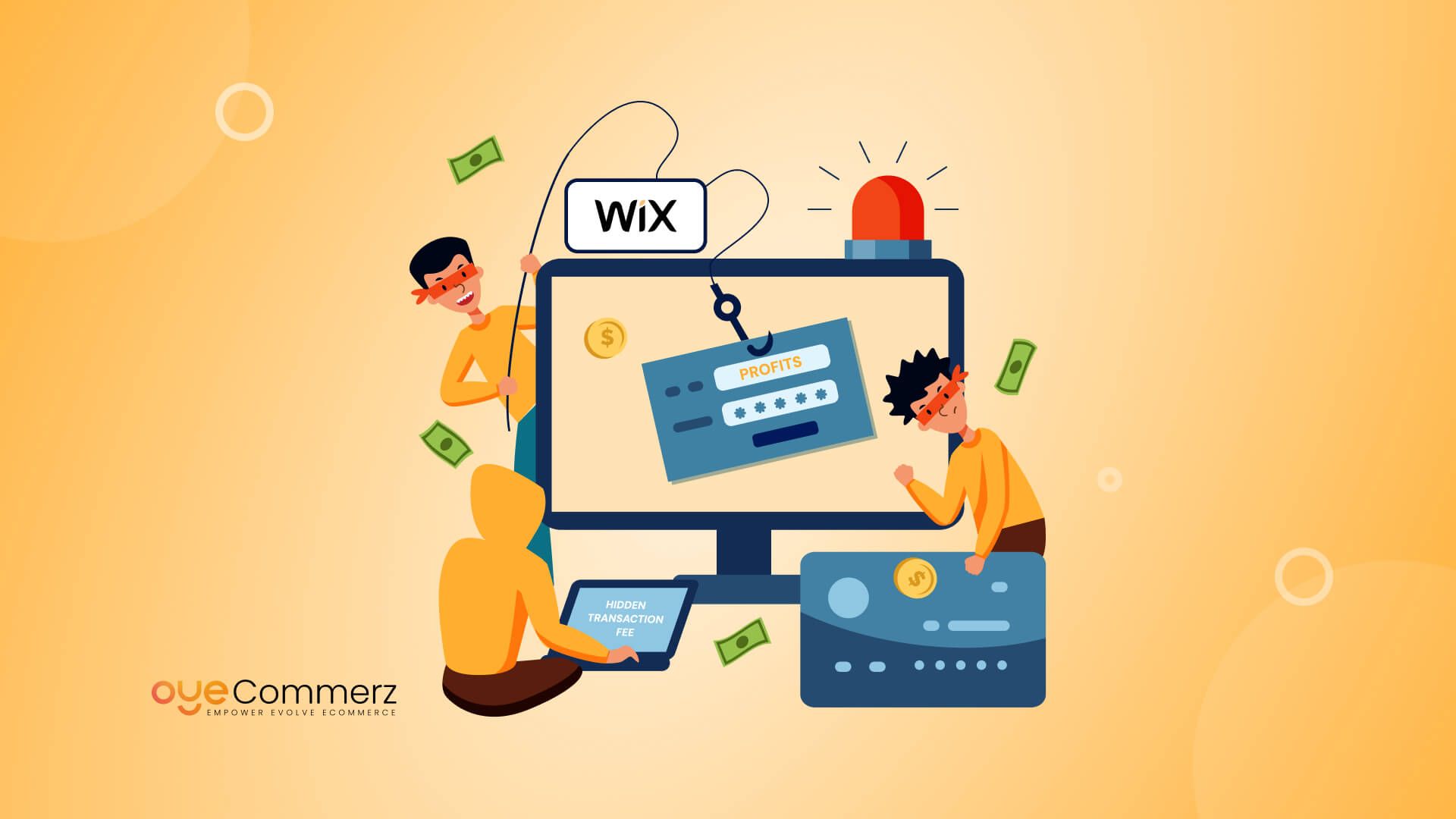In today's online landscape, selecting the appropriate e-commerce solution is crucial for business growth. If you're presently utilizing Wix but are considering a switch to Shopify, you're not alone. Many companies are transitioning to Shopify to take advantage of its robust capabilities, scalability, and specialized e-commerce solutions. This guide will outline the migration process, ensuring a smooth transition and preparing you for e-commerce success.
Why Switch from Wix to Shopify?
Before diving into the migration process, it's essential to understand why Shopify could be a superior fit for your e-commerce needs:
- Specialization: Unlike Wix, which caters to various use cases, Shopify is engineered specifically for e-commerce, offering sophisticated features and features optimized for online selling.
- Scalability: As your company expands, Shopify can easily accommodate higher traffic and sales volume without sacrificing performance.
- Extensive App Library: Shopify provides a large library of apps that can enhance your store's functionality, from marketing tools to inventory management options.
- SEO Capabilities: Shopify offers superior SEO tools, which can assist in improving your store’s visibility on Google and others.
- Transaction Methods: With multiple transaction platforms available, including Shopify Payments, you can provide customers a wide range of payment methods.
Preparing for Transition
To ensure a smooth migration from Wix to Shopify, follow these preparatory steps:
1. Backup Your Data
Download all your data from Wix, including product details, customer information, and order history. This step is crucial as it guarantees you have a backup of all data before initiating the transfer.
2. Choose Your Shopify Plan
Assess the different Shopify plans offered and select one that best suits your business needs. Consider factors such as transaction fees, features included, and scalability options.
3. Create Your Shopify Profile
Register your Shopify account and explore the platform’s dashboard and tools.
The Transition Process
Now that you're prepared, it’s time to transfer your store from Wix to Shopify. Here’s how:
1. Import Products
Use Shopify's integrated migration utility or third-party tools like LitExtension Cart2Cart or LitExtension to transfer your products from Wix to Shopify.
Make sure that item details, pictures, prices, and options are accurately imported.
2. Migrate Client Information
Upload client details such as user names and email addresses into your new Shopify store. This process is vital for retaining client connections and marketing efforts.
3. Configure Transactions
Configure payment gateways in your Shopify store to guarantee seamless payments. You can choose from various options like credit cards, PayPal, and others.
4. Personalize Your Store Design
Select a design that reflects your business image. Modify it using Shopify's customization options to create an attractive and intuitive store layout.
5. Search Engine Optimization
Implement SEO strategies during the transition process:
- Configure 301 redirects from old Wix URLs to new Shopify URLs.
- Enhance product titles, descriptions, and images with relevant search terms.
- Modify meta tags and alt texts for improved search Post-migration steps engine visibility.
After Migration Steps
Once your store is live on Shopify, follow these follow-up steps:
1. Test Your Store
Perform comprehensive testing of your new store:
- Check product pages for accuracy.
- Test payment processes.
- Ensure all hyperlinks work correctly.
2. Launch Marketing Campaigns
Announce your new store launch through email newsletters and social platforms.
Think about offering special offers or discounts to draw customers.
3. Monitor Performance
Use analytics tools within Shopify to monitor sales performance and user activity.
Adjust your strategies based on performance analytics.
Conclusion
Migrating from Wix to Shopify can significantly improve your e-commerce potential and lay the foundation for growth and achievement. By adhering to this manual and taking a systematic approach to the migration process, you can guarantee a seamless transition that minimizes downtime and maximizes opportunities for sales. Welcome the change and watch your online business thrive on its new platform!

 Christina Ricci Then & Now!
Christina Ricci Then & Now! Keshia Knight Pulliam Then & Now!
Keshia Knight Pulliam Then & Now! Mackenzie Rosman Then & Now!
Mackenzie Rosman Then & Now! Lisa Whelchel Then & Now!
Lisa Whelchel Then & Now! Andrew McCarthy Then & Now!
Andrew McCarthy Then & Now!